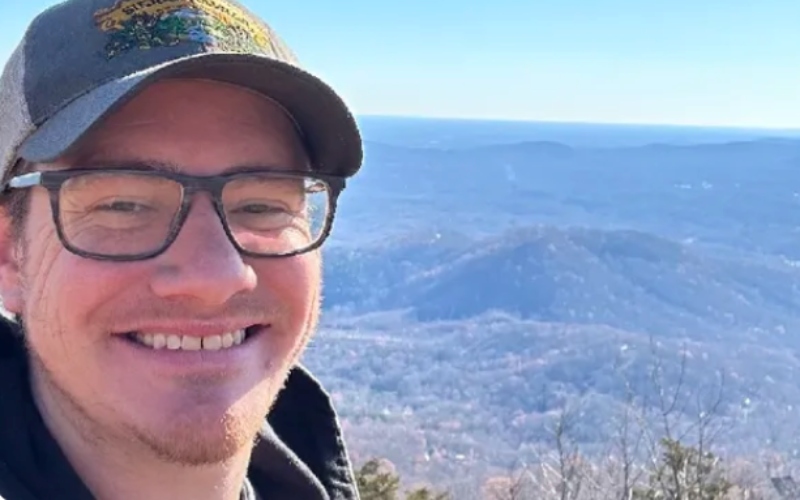Remembering Julie and Burley . . . and Mr. Singley
Published 8:52 pm Thursday, November 13, 2014
Retired school secretary Lula Burrell called me as soon as she read my last column to remind me that Mr. Singley followed Mr. Caldwell as superintendent of Tryon School. That’s why I could not remember who came in between; no one did! I shall always remember Leslie K. Singley, who marked my life by far more than his signature on my diploma.
It was Mr. Singley who had us boys build a workshop under the gymnasium so we could have a shop class. He also taught us drafting at my request. My senior class poured concrete walks in front of the school and I chiseled “Class of 1947” into them at two places. Lula said that Mr. Singley was a true southern gentleman. He inspired us by the example he set, not by any fear of punishment.
A woodworker himself, Mr. Singley invented and manufactured in his home workshop two significant cost-saving sanding tools; a sanding disc and a sanding drum. The kind offered by tool companies required a sheet of round sandpaper to be glued to their round disk, and a sandpaper sleeve to be slipped over their drum. Both of these were specialty items that had to be manufactured to fit. Mr. Singley patented his octagonal disk and his slotted drum. Each corner of a standard sheet of sandpaper was folded over the disk and clamped, no glue required. For the drum, a standard sheet was cut into thirds, wrapped around the drum and the ends tucked into the slot. A flattened tube then secured the sandpaper in the slot just by turning it about a quarter turn with a screwdriver.
Trending
One could buy a whole pack of sandpaper sheets for what one of the special disks or sleeves cost. The octagonal disk never caught on with woodworkers, but the drum certainly did. After Mr. Singley died, I saw his sanding drum offered in a small ad in a woodworking magazine, still listed as a “Singley Sanding Drum.” Mr. Singley gave me mine (see photo) when I visited him long after I finished high school.
Unfortunately, I must now tell you that another of my classmates from that school has gone to her reward. Julia Lankford became Julie when we got to high school, and Mrs. Cecil Smith soon after. She checked me out of their grocery store in Columbus (Calvert’s there now) when I came home to visit. I saw her many times as a tireless and faithful volunteer at St. Luke’s after I retired. She later married my neighbor, Mike Glinter, who helped me wear out Holly Hills Drive. I walked it from end to end twice every morning, he did many laps on a level portion in front of their house.
I always liked Julie. She was a “what you see is what you get” kind of girl and a confident, capable, and right pretty woman, I thought. She looked great the last time I saw her at White Oak; I was shocked to learn that she had left us.
I have known Burley Durham’s wife Dorothy much longer that I knew him. My cousin Sylvia Gaines Becknell of Landrum and I used to play with Dorothy Cochran some when I spent summers on the Gaines farm where she was their nearest neighbor. Years later, Burley also helped me wear out Holly Hill Drive. I would move off the pavement and make frantic “Slow down!” motions with my hands, palms down, as he whooshed by me in his Thunderbird. He was headed for the secret back way through the woods to work at the North Carolina Welcome Center on I-26 just south of Columbus.
Burley and Fred Cochran used to hang out at the gas station in Columbus run by Burley’s late son Gary. I liked picking up a bag of ice there because all I had to do was pull up to the door waving a dollar bill out the window, and one of them would toss a bag into the back floorboard while grabbing the dollar with the other hand. Absolutely no waiting!
Burley liked to tell of the “half-million-dollar outhouse” the state built at the Welcome Center. He was always kidding the ladies who worked inside. He also gave me unsolicited but welcome advice about writing these columns. I was just glad that someone was reading them.
Trending
I stopped by McFarland’s and was told that I could go in to see Burley and sign the book. There he was, a worthy example of the undertakers’ art. He looked real nice, except I believe that was the first time I ever saw Burley not grinning.





